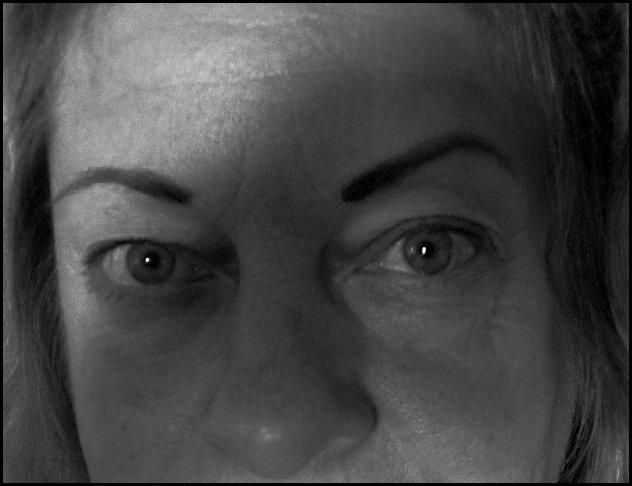Blue Herons
 This is an old photo of a blue heron on my garage roof. It was a regular vistor at my backyard pond. I made the pond deeper, but the racoons and otters still come to fish.
This is an old photo of a blue heron on my garage roof. It was a regular vistor at my backyard pond. I made the pond deeper, but the racoons and otters still come to fish.
There was an interesting article in today's Times Colonist that I want to save to my blog. I really should get out to that park and look for the rookery.
Harassed herons head to suburbs
By Carolyn Heiman
Victoria’s urban herons have moved to the ‘burbs.
A provincial endangered species biologist believes a few of the Beacon Hill Park herons that were terrorized this spring by a chick-killing bald eagle have moved to the Cadboro Bay and Tillicum Mall areas, and are nesting again. Trudy Chatwin said several late nesting herons in those areas are most likely Beacon Hill Park refugees, although confirmation is difficult without banding the birds. Seven new heron nests have been spotted in Cuthbert Holmes Park behind Tillicum Mall. “Those must be the Beacon Hill Birds based on their incubation stage, which is very late” Chatwin said.
Another explanation, however, is that established herons nesting in that area built new nests after a tree branch holding their old nests broke.Whatever the reason, the new arrivals are delighting regular Cuthbert Holmes Park users, including Julian Anderson, who checks the chicks’ progress throughout the week. Five or six nests are in a cottonwood tree in the center of the park. “They’re pretty hard to miss . . . You can hear them as well,” said Anderson, who has photographed hundreds of herons over the years.
Most herons have completed nesting for the year, and their fledglings are already taking advantage of low summer tides to learn how to feed themselves.However, the birds will sometimes rebuild nests ravaged by eagles or storms, as it appears a few of the 100 Beacon Hill birds have chosen to do. This spring, 71 heron nests at Beacon Hill were abandoned in a weekend after a female bald eagle ate at least 39 chicks and 187 eggs.
The Beacon Hill nesting site was one of the few urban rookeries in the world and delighted visitors by offering close-up encounters with the prehistoric-looking birds. It won’t be known until next spring if the birds will return to the city park.
Chatwin notes colonies move naturally from time to time and as trees die. Cuthbert Holmes Park had an active rookery through the 1990s, but the size dropped in recent years. Colonies appear to be moving more often, especially when there are eagle attacks.
As for the late-hatched herons, Chatwin is cautiously optimistic the birds will survive, as bald eagles do not appear to be raiding the later-build nests.“Maybe they will be OK. However, whether they survive to the next year is another thing. Those baby herons have to learn to feed over the winter.”
Meanwhile, Chatwin is finalizing an annual audit of Vancouver Island’s heron population, which is showing early indications of being in decline. While one colony at Cowichan Bay appears to be growing, other important colonies at Beacon Hill Park and Crofton are decreasing in size.
cheiman@tc.canwest.com


2 comments:
Love these guys! My brother, who lives in Florida, calls them "Florida robins," :) They are constantly destroying his screen doors, but he just can't stay mad at them. they sure are ubiquitous characters, you find them everywhere.
Nice shot.
Ours are pretty scarce, it seems.
Your brother must be keeping something in their that they are interested in. He will have to set out a half barrel of fish to feed them now. :))
Post a Comment